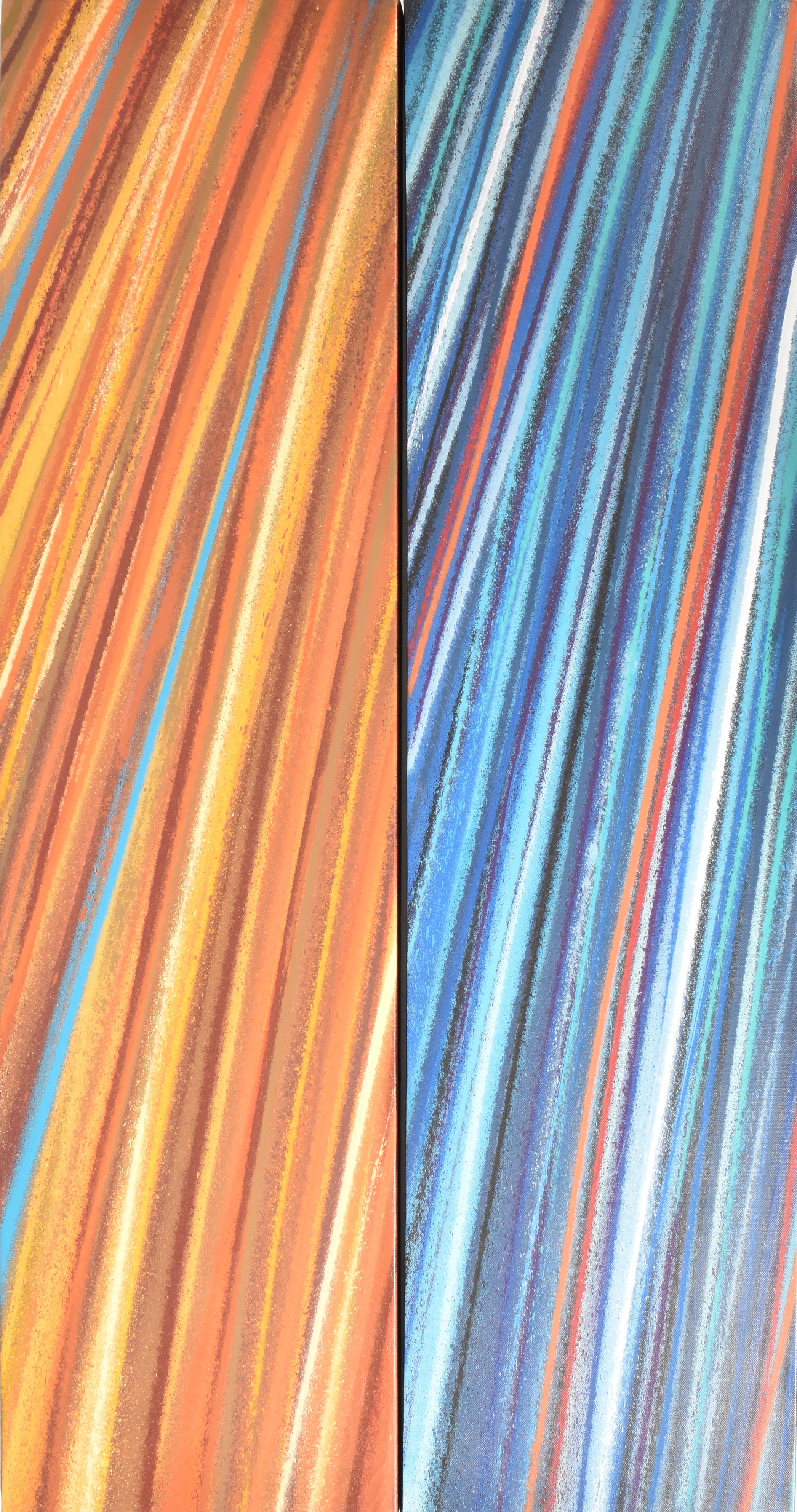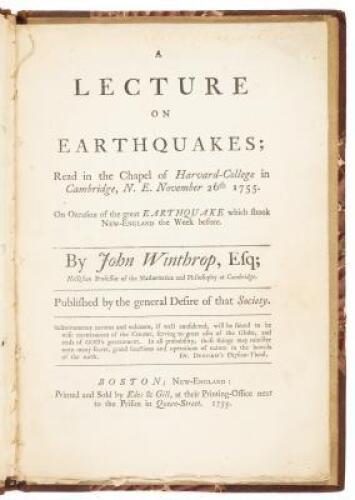Albert Einstein (1879-1955). Typed letter signed ('A. Einstein') to George Aristotle Solounias, 112 Mercer Street, Princeton, 18 September 1952. In English. Half page, 280 x 215mm, the words '(De Sitter)' added by Einstein in autograph, on paper with blind-stamped address. Envelope. On the speed of light in the theory of relativity. Einstein refutes in three numbered points an attempt to undermine special relativity through the assertion that the speed of light is variable: '1. Your considerations about the Michelson experiment presuppose that the classical rule of composition of velocities would hold. That rule does, however, not conform with other experimental facts. 2. Your proposition concerning interference experiments is not workable for the reason that light coming from different sources does not interfere. 3. The hypothesis of dependence of light velocity from the motion of the source is not compatible with observations on double-stars (De Sitter)'. The Michelson-Morley experiment of 1887 was an attempt to detect the 'aether' which in 19th-century physics was postulated as the carrier of light waves: its finding that the speed of light did not depend on the direction of movement marked the death knell of aether theory. Einstein's theory of special relativity was effectively an elegant interpretation of the experiment, definitively excluding the role of aether and postulating the constancy of the speed of light. Einstein third point refers to the De Sitter double star experiment of 1913: in this, Willem de Sitter rebutted the emission theory of Walther Ritz, which postulated a variable speed of light, by showing that it would predict that some stars in double-star systems should present out-of-sequence images which would appear to violate Kepler's laws of motion. The recipient, G.A. Solounias (1901-1980), was a Greek amateur astronomer. Einstein letters in English with scientific content are rare. They are typically the product of Einstein's old age, and reflect his remarkable willingness to send personal responses to letters and questions from the general public.
Albert Einstein (1879-1955). Typed letter signed ('A. Einstein') to George Aristotle Solounias, 112 Mercer Street, Princeton, 18 September 1952. In English. Half page, 280 x 215mm, the words '(De Sitter)' added by Einstein in autograph, on paper with blind-stamped address. Envelope. On the speed of light in the theory of relativity. Einstein refutes in three numbered points an attempt to undermine special relativity through the assertion that the speed of light is variable: '1. Your considerations about the Michelson experiment presuppose that the classical rule of composition of velocities would hold. That rule does, however, not conform with other experimental facts. 2. Your proposition concerning interference experiments is not workable for the reason that light coming from different sources does not interfere. 3. The hypothesis of dependence of light velocity from the motion of the source is not compatible with observations on double-stars (De Sitter)'. The Michelson-Morley experiment of 1887 was an attempt to detect the 'aether' which in 19th-century physics was postulated as the carrier of light waves: its finding that the speed of light did not depend on the direction of movement marked the death knell of aether theory. Einstein's theory of special relativity was effectively an elegant interpretation of the experiment, definitively excluding the role of aether and postulating the constancy of the speed of light. Einstein third point refers to the De Sitter double star experiment of 1913: in this, Willem de Sitter rebutted the emission theory of Walther Ritz, which postulated a variable speed of light, by showing that it would predict that some stars in double-star systems should present out-of-sequence images which would appear to violate Kepler's laws of motion. The recipient, G.A. Solounias (1901-1980), was a Greek amateur astronomer. Einstein letters in English with scientific content are rare. They are typically the product of Einstein's old age, and reflect his remarkable willingness to send personal responses to letters and questions from the general public.


.jpg)



.jpg)








Testen Sie LotSearch und seine Premium-Features 7 Tage - ohne Kosten!
Lassen Sie sich automatisch über neue Objekte in kommenden Auktionen benachrichtigen.
Suchauftrag anlegen